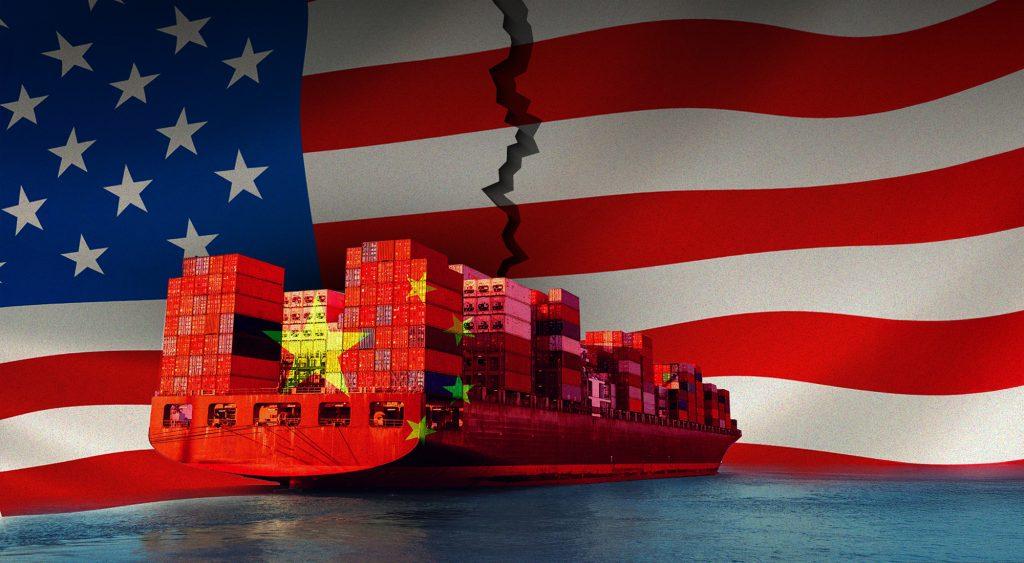American soybean producers confront a harsh reality. The trade conflict between the United States and China has triggered a swift decline in agricultural exports, leaving farmers in a precarious financial position as planting season unfolds across the nation’s heartland.
Recent data reveals the immediate consequences of this economic confrontation. During the week of April 11-17, net soybean sales plummeted 50% compared to the previous week, while simultaneously dropping 25% against the four-week average. The deterioration extends beyond soybeans into other agricultural sectors, with pork sales experiencing an even more pronounced contraction – down 72% week-on-week and an alarming 82% versus the four-week average. These statistics illuminate the tangible impacts of a policy confrontation playing out on the global stage.
Illinois farmers face particular vulnerability in this unfolding scenario. As the nation’s foremost soybean-producing state, Illinois agriculturalists now navigate a landscape where soybean prices have descended to their lowest levels in four years. The economic mathematics appear unforgiving – the U.S. Department of Agriculture projects average losses of $100 per acre for soybean cultivation. While corn producers encounter similar challenges, the soybean industry’s pronounced reliance on exports magnifies its susceptibility to trade disruptions.
The export dependencies tell a compelling tale. Whereas approximately 15% of American corn production finds markets abroad, nearly half of all U.S. soybeans rely on foreign purchasers. This dependency concentrates overwhelmingly toward a singular destination – China. The importance of which cannot be overstated, China purchased $12.8 billion in American soybeans during 2024, representing the country’s primary agricultural import from the United States.
Recent tariff impositions have reconstructed the economic landscape dramatically. Chinese authorities have escalated duties on American soybean imports, effectively more than doubling acquisition costs for Chinese processors sourcing from U.S. suppliers. Initially set at 60%, the tariff rate has now ballooned to a prohibitive 114.73% as retaliatory measures intensify between the two economic powers. Rob Dongoski, global lead for food and agribusiness at consultancy Kearney, leaves little room for interpretation: “This is directly related to the tariff situation. There’s no doubt about it, there’s not some other magic behind-the-scenes thing going on”.
The ramifications extend into the global marketplace. As Chinese buyers reorient their purchasing strategies toward alternative suppliers, Brazil – already the world’s premier soybean exporter – stands poised for expanded production in the forthcoming season. U.S. producers, conversely, will grapple with maintaining export volumes, according to economic forecasts. This shift in market dynamics could reshape global agricultural trade patterns for years beyond the immediate horizon.
Trade analysts project that continued escalation could effectively eliminate U.S. soybean access to the Chinese market. The International Food Policy Research Institute suggests current tariff levels would make “U.S. soybean imports prohibitively expensive for China—reducing them to near zero”. Such an outcome would necessitate significant adjustments from American producers.
The industry demonstrates resilience through exploration of alternative soybean applications. Beyond traditional feed uses, stakeholders investigate expanded utilization in biodiesel production and plastics manufacturing. However, these initiatives may need considerable time to offset the potential loss of the Chinese export market.
Historical precedent suggests potential government intervention. During President Trump’s previous term, agricultural bailouts compensated farmers for export disruptions resulting from 2018 tariff actions. The scale of those programs nearly matched the revenue generated by the tariffs themselves, highlighting the economic complexities inherent in trade policy decisions.
As spring planting progresses throughout American agricultural regions, the outlook remains clouded with uncertainty. Farmers must make crucial cultivation decisions without clarity regarding future market conditions or potential government assistance. For many producers, particularly those specializing in soybean production, the approaching growing season carries unprecedented financial risks amid an international economic dispute beyond their direct influence.









